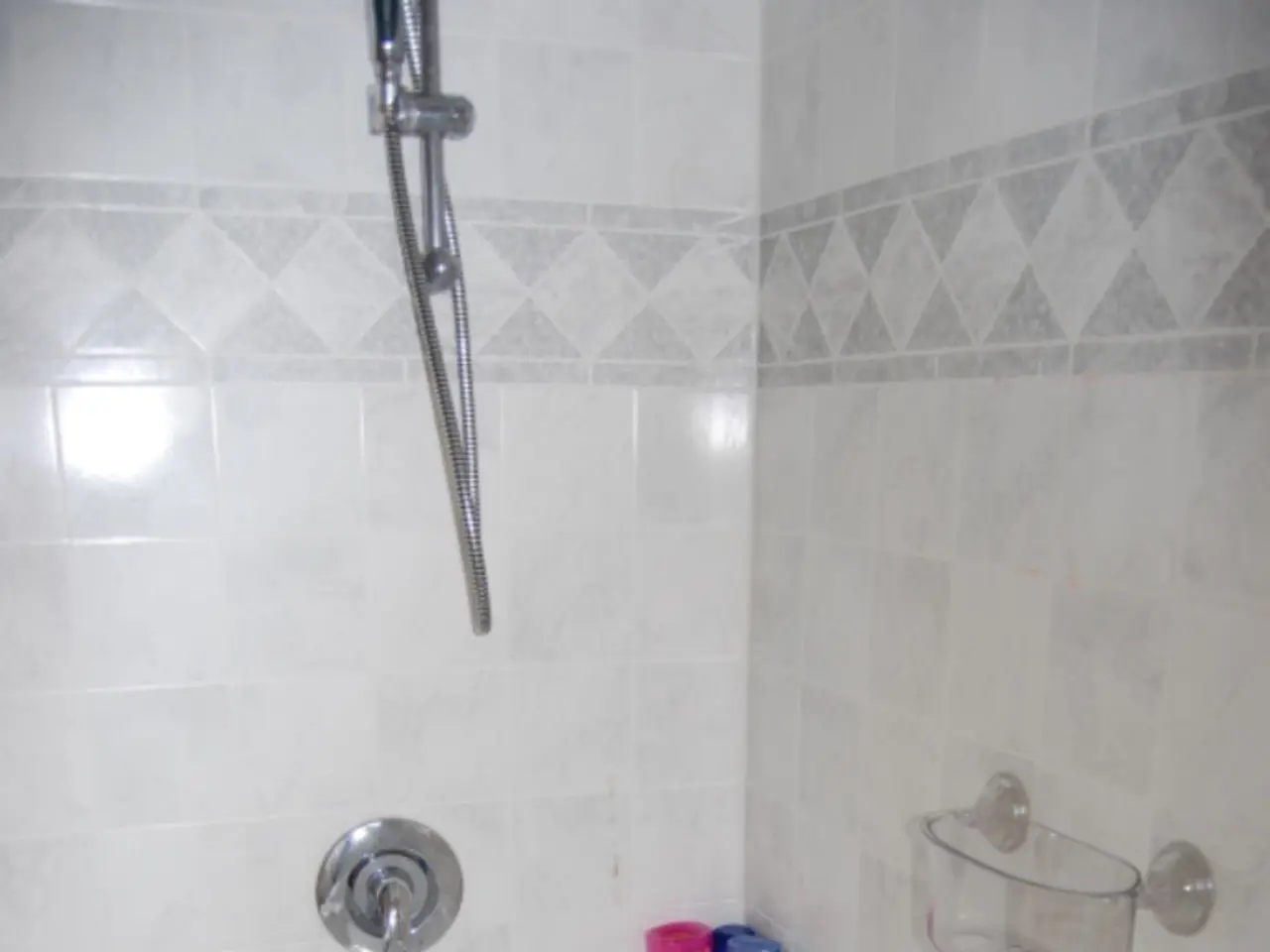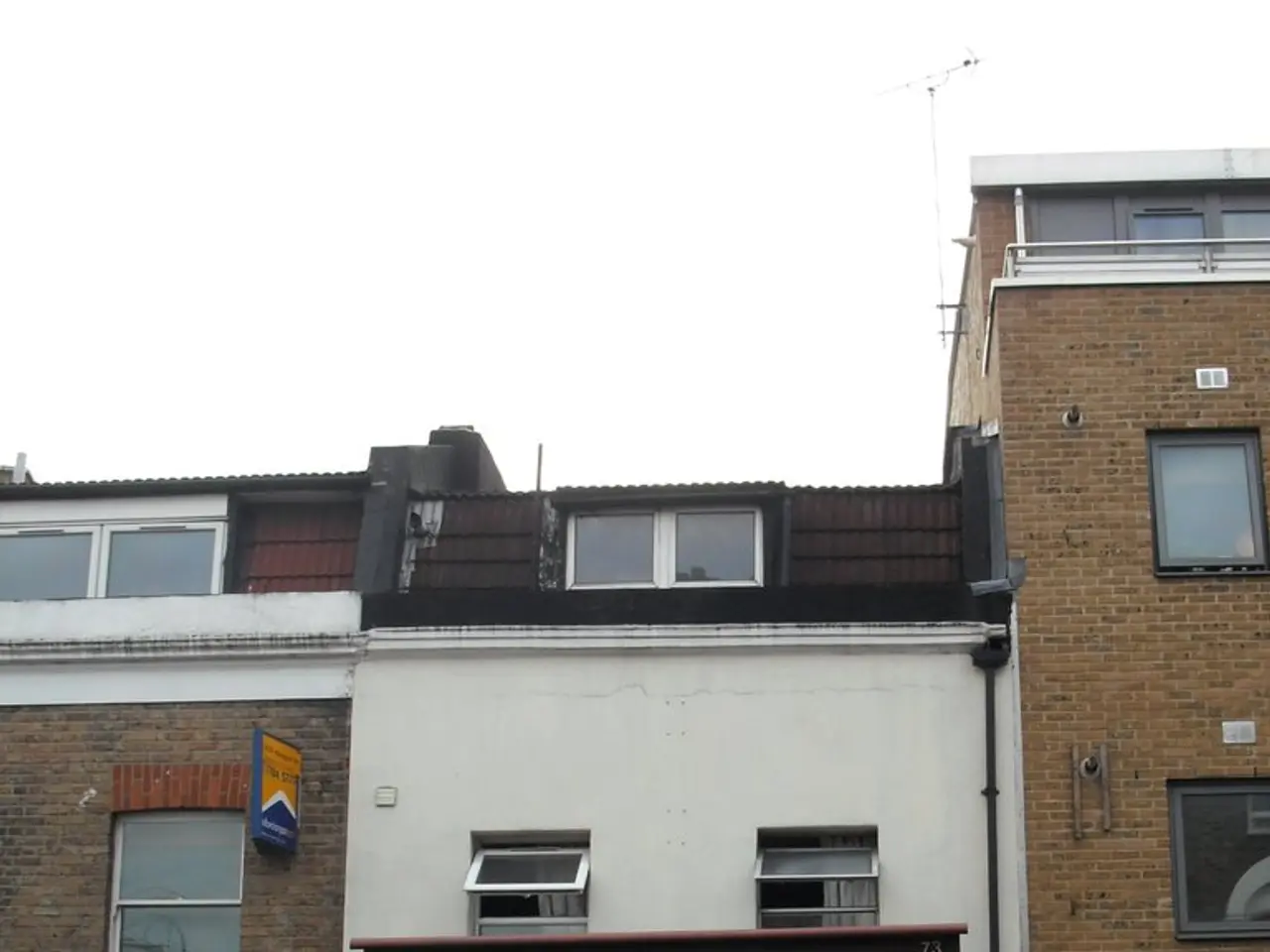Expert recommendations before swapping bathtubs for showers
In the world of home improvements, one transformation that can significantly enhance the functionality and aesthetics of a bathroom is replacing a bathtub with a shower. This article will guide you through the process, focusing on the key plumbing considerations and practical steps involved.
B&Q offers a range of affordable shower sealants to ensure a watertight finish, a crucial aspect when installing a new shower. However, before starting the project, it's essential to address any waterproofing issues with the bathroom walls around the shower space. Tiling or covering them with another waterproof material is recommended to prevent water damage.
When it comes to the shower itself, understanding the type of water supply is vital. Thermostatic mixer showers are suitable for combi boiler water supplies, requiring separate hot and cold water supplies. On the other hand, power showers are suitable for gravity-fed water systems and also need separate hot and cold water supplies. If installing an electric shower, new circuitry may need to be installed by a qualified electrician.
The key plumbing difference between a bathtub and a shower lies in the drain size. Bathtubs generally use a 1½-inch drain, while showers require a larger 2-inch drain. This means that converting a tub to a shower usually requires upgrading the drain pipe size to meet plumbing codes. The positioning and connection of the drain and overflow for tubs must be removed and replaced with appropriate shower drains and waterproof pans.
The shower tray, such as the Nuie Bathroom model, is necessary for a shower without a bathtub to collect and drain water. Low-profile shower trays offer a modern, streamlined look, while raised trays can be practical for existing pipework.
When choosing a shower screen, consider the ceiling height, wear and tear, and style preferences. The space where the shower tray will be installed may need to be leveled, and any newly created floorspace may need to be tiled. Specialised tools may be required for tiling or installing waterproof panels.
Ventilation is another crucial aspect to consider. Bathroom extractor fans are a popular choice for dealing with water vapour from a shower, preventing damp, mould, or damage to the bathroom walls. An electric bathroom extractor fan should be considered for effective ventilation.
After removing the bathtub, the pipework will need to be adjusted to suit the shower fittings. It's crucial to know where to isolate the water supply to avoid flooding the bathroom when disconnecting the bathtub.
Lastly, a high-pressure shower head is a recommended component for limiting water use, and depending on the chosen shower head, a shower hose may also be required.
While DIY replacement of a bathtub with a shower is possible, it's not recommended without careful preparation and potential consultation with a professional. Companies like Wholesale Domestic Bathroom Superstore, led by CEO Brian Toward, and Redstone Plumbing & Heating, owned by Paul Bennett, offer bathroom plumbing services to ensure a smooth and successful transformation.
- B&Q provides a variety of affordable shower sealants, ensuring a watertight finish during the installation process.
- To prevent water damage, what needs attention before starting the project are waterproofing issues with the bathroom walls around the shower space.
- For combi boiler water supplies, thermostatic mixer showers are suitable, requiring separate hot and cold water supplies.
- The key difference in plumbing between a bathtub and a shower lies in the drain size, with showers requiring a 2-inch drain compared to a 1½-inch drain for bathtubs.
- Replacing the bathtub with a shower typically necessitates upgrading the drain pipe size to meet plumbing codes.
- The shower tray, such as the Nuie Bathroom model, collects and drains water in a shower without a bathtub.
- When designing the bathroom, ventilation is a crucial element to consider, particularly in dealing with water vapour from a shower and preventing damp, mould, or damage to the bathroom walls. An electric bathroom extractor fan is a popular choice for effective ventilation.




